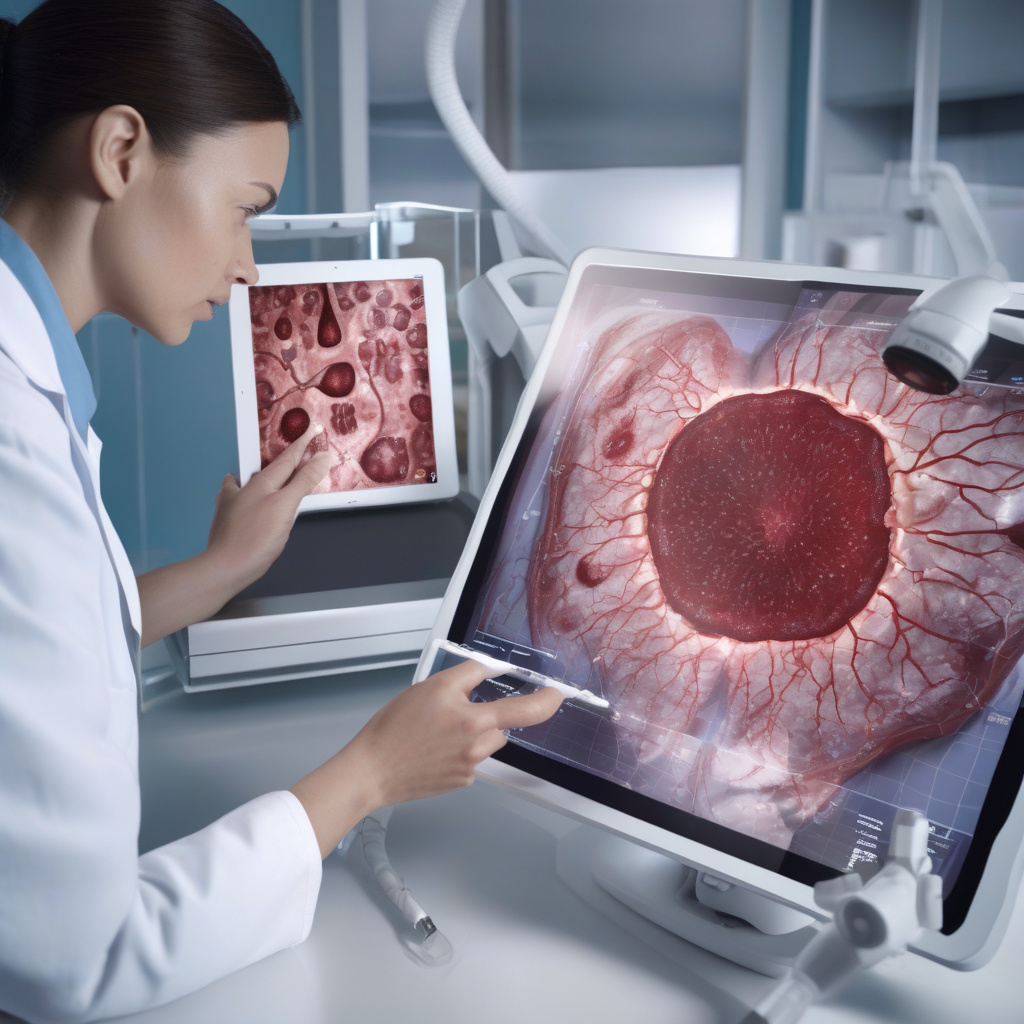AI Model Detects Infections from Wound Photos: Revolutionizing Early Triage in Healthcare
In the realm of healthcare, the importance of early detection and intervention cannot be overstated. Timely identification of health issues can significantly impact patient outcomes, particularly in cases where swift action is crucial. One area where this is especially true is in wound care management. The ability to quickly assess and triage wounds can mean the difference between successful treatment and potentially life-threatening complications.
In recent years, advancements in artificial intelligence (AI) technology have paved the way for innovative solutions in healthcare. One such development is the use of AI models to analyze wound photos and detect signs of infection. This breakthrough has the potential to revolutionize the early triage process, allowing doctors to prioritize urgent cases more effectively, particularly in remote or rural settings where access to healthcare resources may be limited.
Early triage of wound photos could help doctors prioritize urgent cases, especially in rural settings. Traditionally, assessing the severity of a wound and determining whether it is infected or not has relied heavily on the expertise of healthcare professionals. However, this process can be time-consuming and subjective, leading to delays in treatment and potentially suboptimal outcomes. By leveraging AI technology to analyze wound photos, healthcare providers can expedite the triage process and ensure that patients receive timely and appropriate care.
One of the key advantages of using AI models to detect infections from wound photos is their ability to process large amounts of data quickly and accurately. These models are trained on vast datasets of images, allowing them to recognize patterns and indicators of infection that may not be immediately apparent to the human eye. By feeding a wound photo into the AI system, healthcare providers can receive instant feedback on the likelihood of infection, enabling them to make informed decisions about the next steps in treatment.
Moreover, the use of AI in wound care management can help overcome challenges related to geographical barriers and resource constraints. In rural or remote settings where access to healthcare facilities may be limited, patients may face difficulties in receiving timely medical attention for their wounds. By enabling individuals to capture and submit photos of their wounds for AI analysis, healthcare providers can remotely assess the severity of the injury and determine the appropriate course of action. This not only reduces the need for in-person consultations but also ensures that patients in underserved areas receive the care they need when they need it.
The potential impact of AI models in detecting infections from wound photos extends beyond individual patient care. By streamlining the triage process and optimizing the allocation of healthcare resources, these technologies have the capacity to enhance overall healthcare systems’ efficiency and effectiveness. By identifying and prioritizing urgent cases, healthcare providers can ensure that critical conditions are addressed promptly, reducing the likelihood of complications and improving patient outcomes.
In conclusion, the integration of AI models for detecting infections from wound photos represents a significant advancement in early triage practices within the healthcare sector. By leveraging the power of AI technology, healthcare providers can streamline the assessment process, prioritize urgent cases, and deliver timely and appropriate care to patients, particularly in rural or underserved areas. As these technologies continue to evolve and become more widespread, the potential for improving healthcare outcomes and saving lives is immense.
AI, WoundCare, HealthcareInnovation, EarlyTriage, PatientOutcomes












